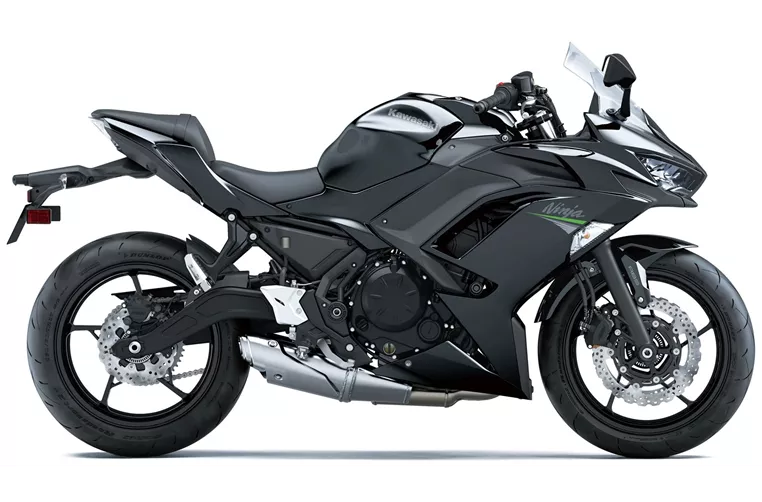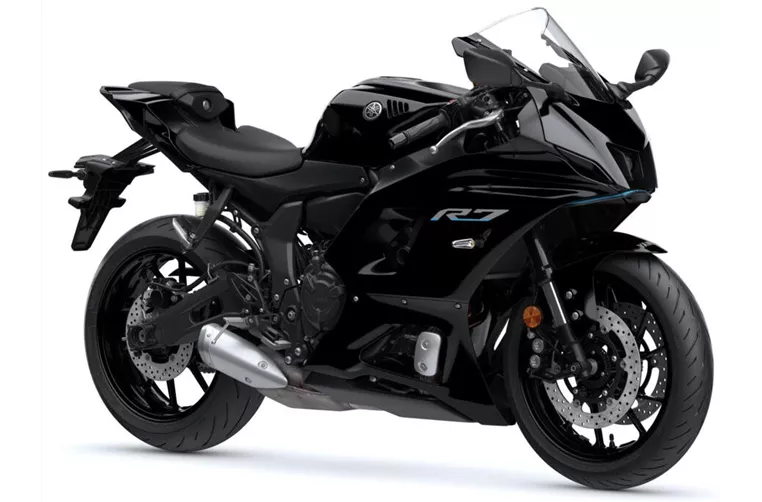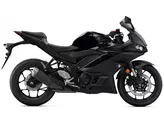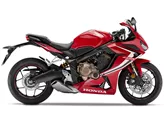Kawasaki Ninja 650 2020 vs. Yamaha R7 2021
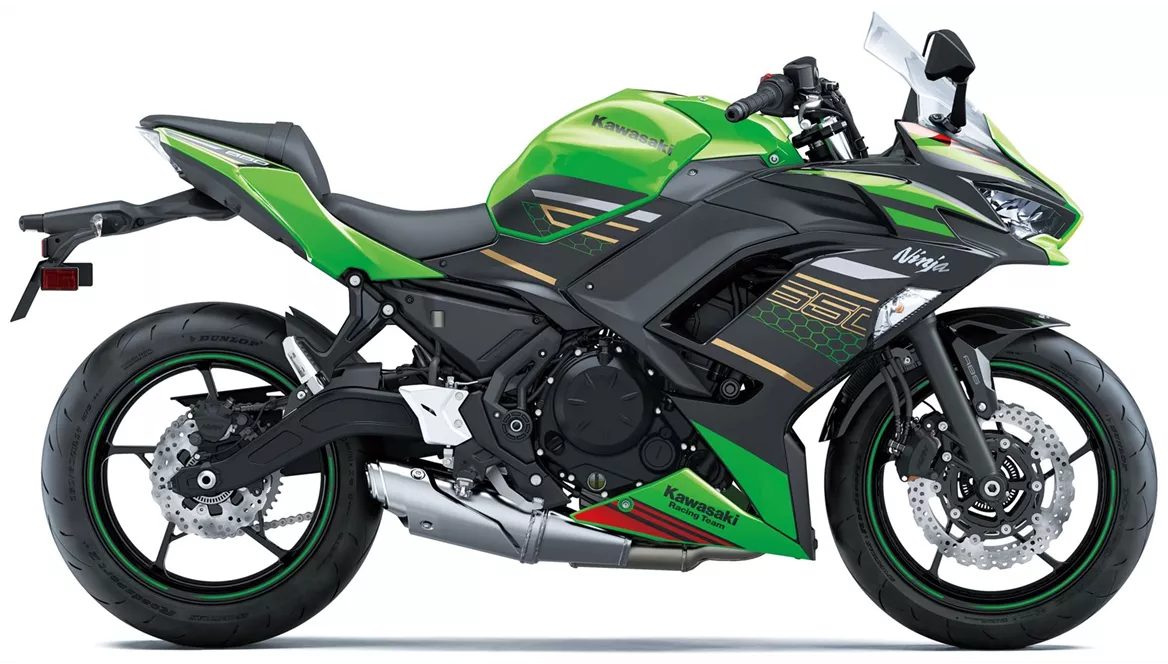
Kawasaki Ninja 650 2020
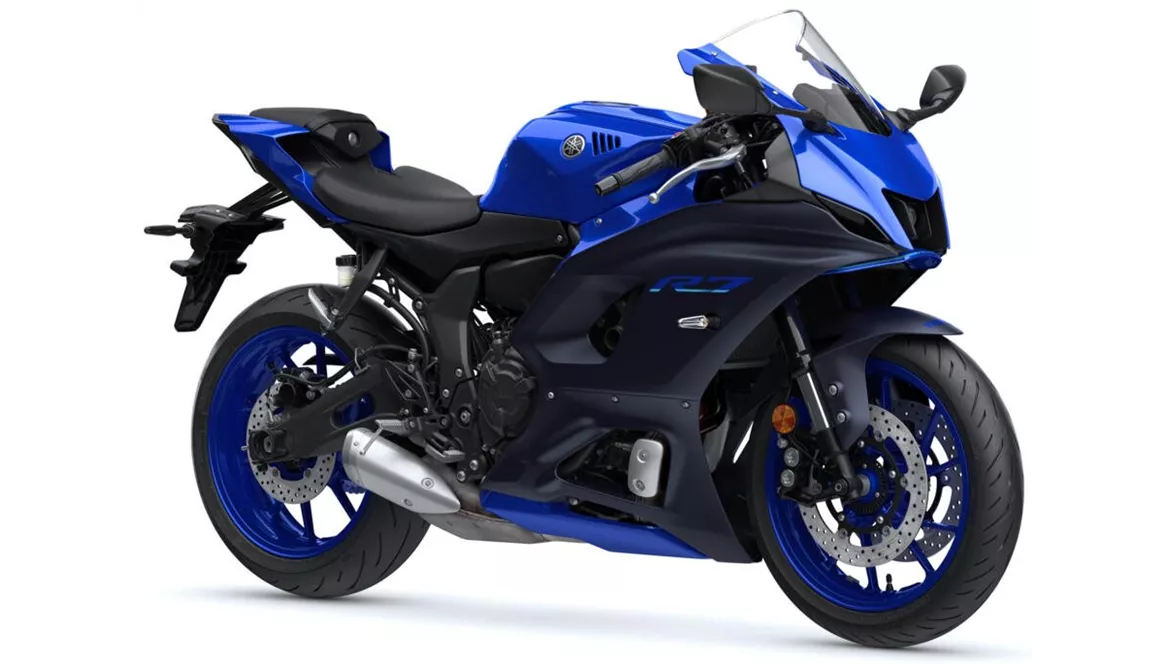
Yamaha R7 2021
Pregled - Kawasaki Ninja 650 2020 vs Yamaha R7 2021
The Kawasaki Ninja 650 2020 and the Yamaha R7 2021 are both popular supersport motorcycles that offer exciting performance and a sporty riding experience. While they have some similarities in terms of engine type, cylinder configuration, and advanced rider assistance systems, there are also notable differences in their specifications and features.
Starting with the engine and drive train, both motorcycles have an inline twin-cylinder engine with four valves per cylinder and DOHC technology. However, there are some differences in their bore, stroke, displacement, and power output. The Ninja 650 has a bore of 83 mm, stroke of 60 mm, displacement of 649 cc, and produces 68.2 HP of power and 65.7 Nm of torque. On the other hand, the R7 has a slightly smaller bore of 80 mm, longer stroke of 68.6 mm, displacement of 689 cc, and produces 73.4 HP of power and 67 Nm of torque. This indicates that the R7 has a higher power output and torque, which may result in better acceleration and top speed.
In terms of suspension, both motorcycles feature a swing arm rear suspension with a monoshock. However, the Ninja 650 has a telescopic fork front suspension with a diameter of 41 mm, while the R7 has an upside-down telescopic fork front suspension with the same diameter. This suggests that the R7 may offer better front-end stability and improved handling.
Both motorcycles have a steel frame and similar rake angles, with the Ninja 650 having a rake of 65.5 degrees and the R7 having a slightly steeper rake of 66.3 degrees. This indicates that the R7 may have slightly sharper handling characteristics and better maneuverability.
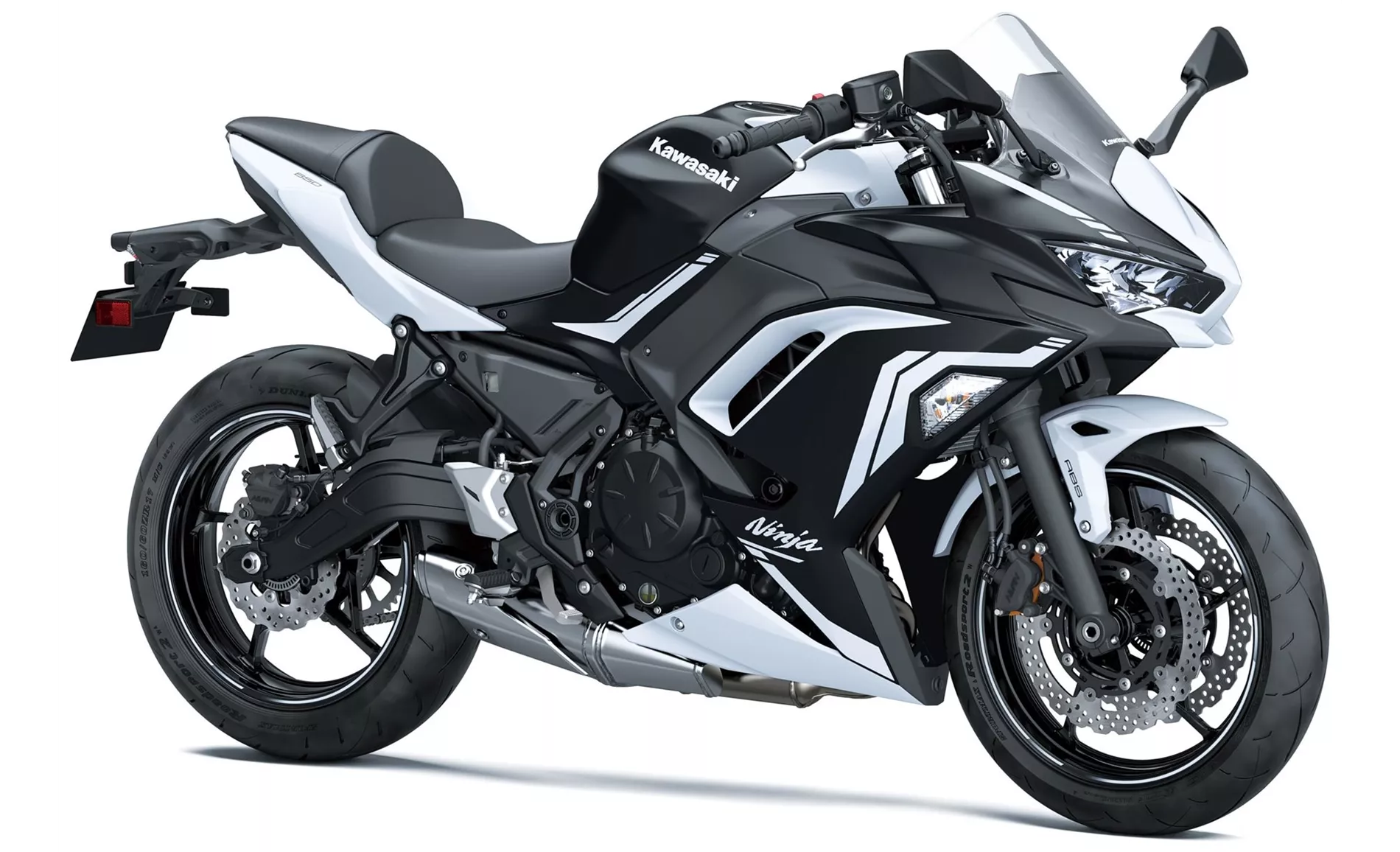
Kawasaki Ninja 650 2020
In terms of braking, both motorcycles have double disk front brakes. However, there is a difference in the technology used. The Ninja 650 has petal brakes, while the R7 has radial brakes. Radial brakes are generally known for providing better stopping power and more precise control, which may give the R7 an advantage in terms of braking performance.
Both motorcycles are equipped with advanced rider assistance systems, including ABS. This ensures enhanced safety during braking and helps prevent wheel lock-up.
In terms of dimensions and weights, the Ninja 650 has a front tire width of 120 mm, rear tire width of 160 mm, wheelbase of 1410 mm, and a kerb weight of 193 kg (with ABS). On the other hand, the R7 has a front tire width of 120 mm, rear tire width of 180 mm, wheelbase of 1395 mm, and a slightly lighter kerb weight of 188 kg (with ABS). These specifications suggest that the R7 may offer slightly better stability and agility due to its narrower rear tire and shorter wheelbase.
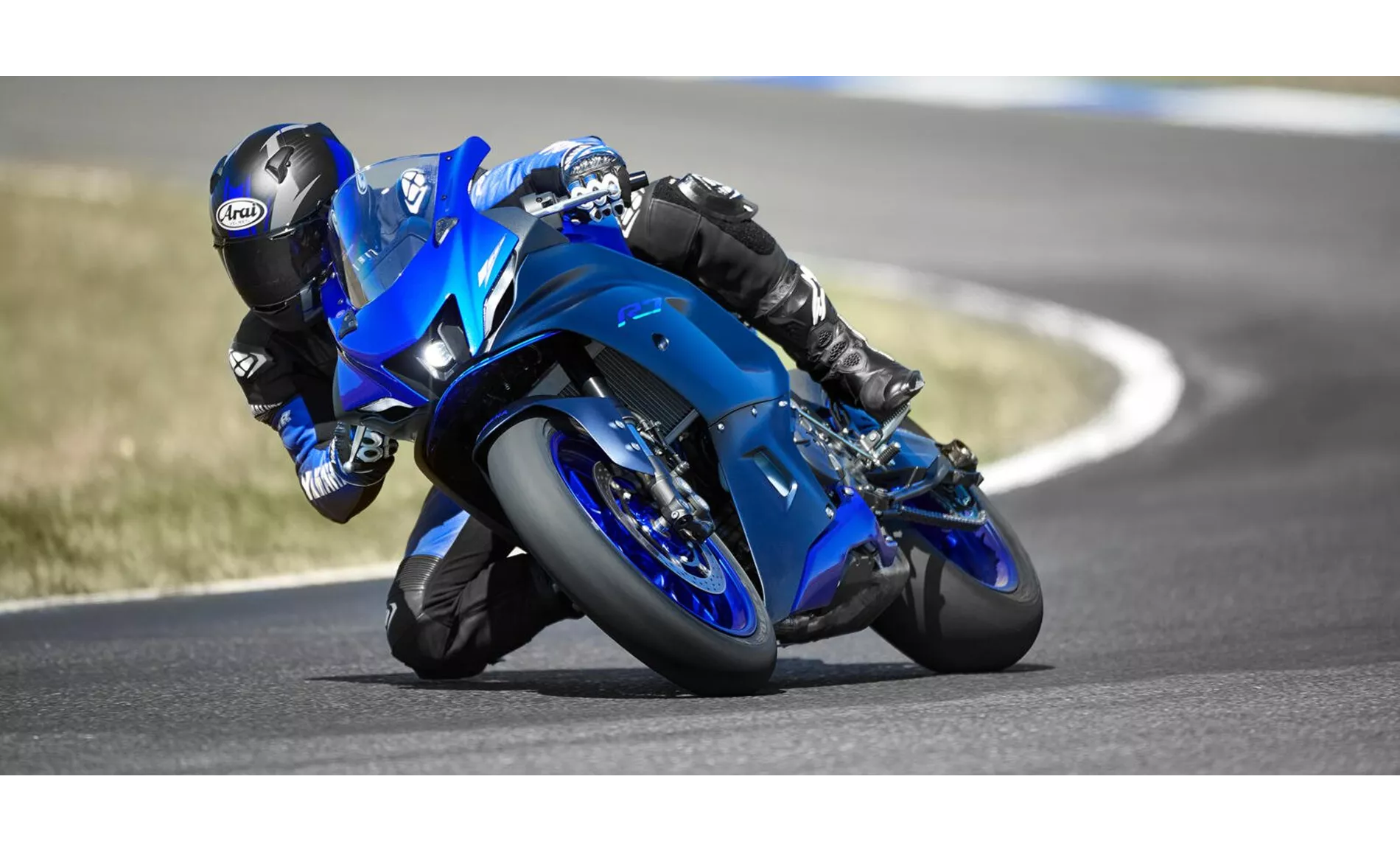
Yamaha R7 2021
Both motorcycles have LED headlights, but the Ninja 650 also features LED daytime running lights and a TFT display, which provides a modern and premium feel. The R7, on the other hand, only has LED headlights.
In terms of strengths, the Ninja 650 is praised for being one of the last of its kind, offering a powerful two-cylinder engine, a comfortable seat suitable for touring, compact dimensions, a beginner-friendly seat height, a stable chassis, a TFT display with connectivity, and a sporty look. On the other hand, the R7 is commended for its high-torque CP2 engine, sporty riding position, suspension set-up, standard tires, and being a good entry-level trackday bike.
As for weaknesses, the Ninja 650 is criticized for being overall too dainty for tall riders, having a front brake pressure point, and limited suitability for touring with two people. The R7's only weakness mentioned is the absence of a quickshifter as standard, which would have been a nice addition.
In conclusion, while both the Kawasaki Ninja 650 2020 and the Yamaha R7 2021 are capable supersport motorcycles, they have distinct differences in terms of specifications and features. The R7 offers a more powerful engine, better front-end suspension, radial brakes, and a slightly lighter weight. On the other hand, the Ninja 650 provides a comfortable touring seat, a TFT display with connectivity, and a sporty look. Ultimately, the choice between these two motorcycles will depend on individual preferences and priorities.
Tehnične specifikacije Kawasaki Ninja 650 2020 v primerjavi z Yamaha R7 2021
Primerjava prednosti in slabosti
Primerjava prednosti in slabosti
Kawasaki Ninja 650 2020
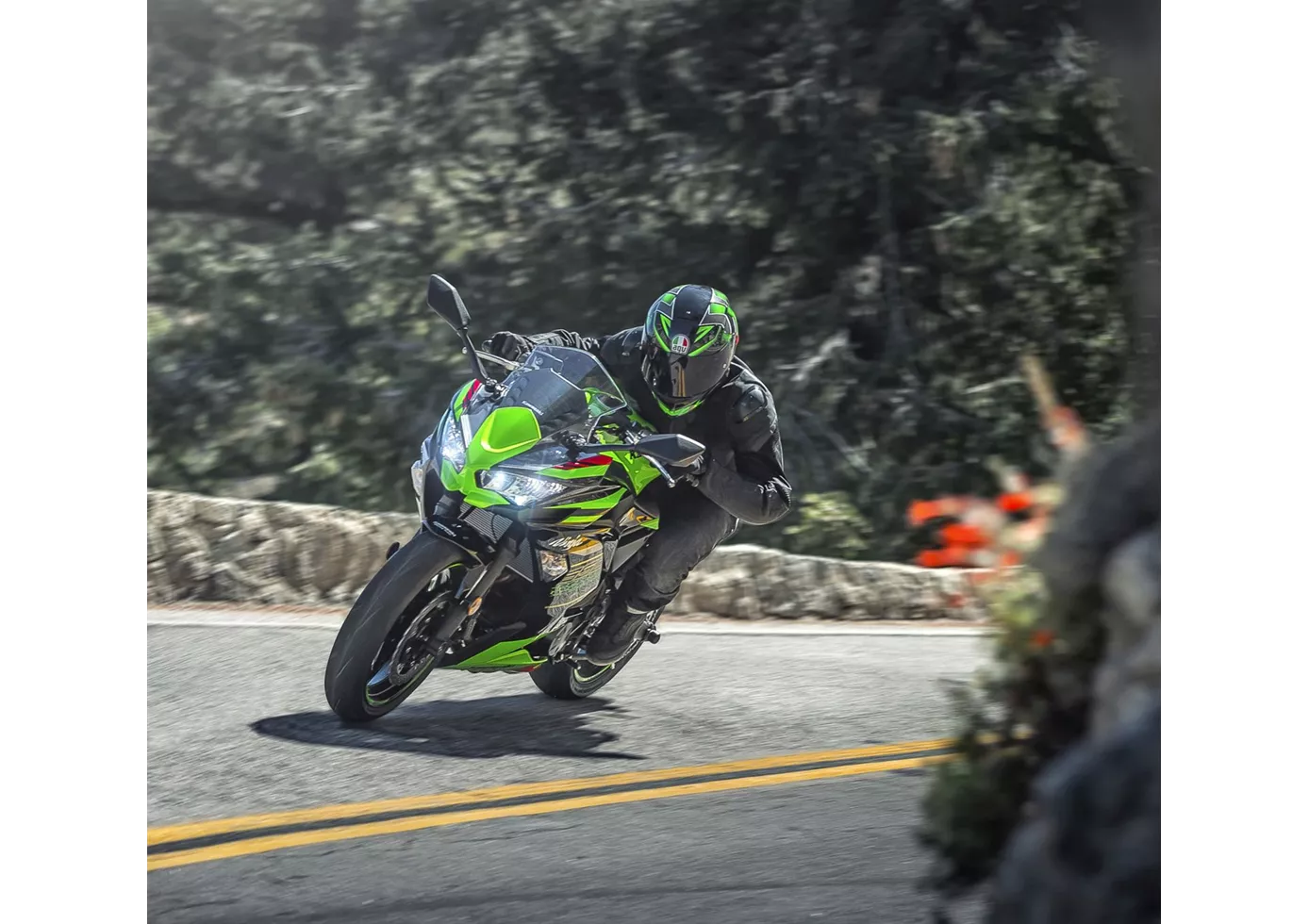
Rešite športni terenec! Kawasaki je z modelom Ninja 650 ustvaril vzornega predstavnika tega razreda in (upajmo) rešil problem nove generacije. Stabilno podvozje in spodoben dvovaljnik bosta navdušila tako začetnike kot napredne voznike, tudi pri hitrejšem tempu. Prednja zavora je nekoliko preveč dobronamerna, saj kljub načeloma dobri zavorni zmogljivosti nima pregledne točke pritiska. Dodaten plus je zaslon TFT, ki ga trenutno ne najdemo pri konkurenci, ter odrasel videz, ki je močno usmerjen k večjim modelom Ninja.
Yamaha R7 2021
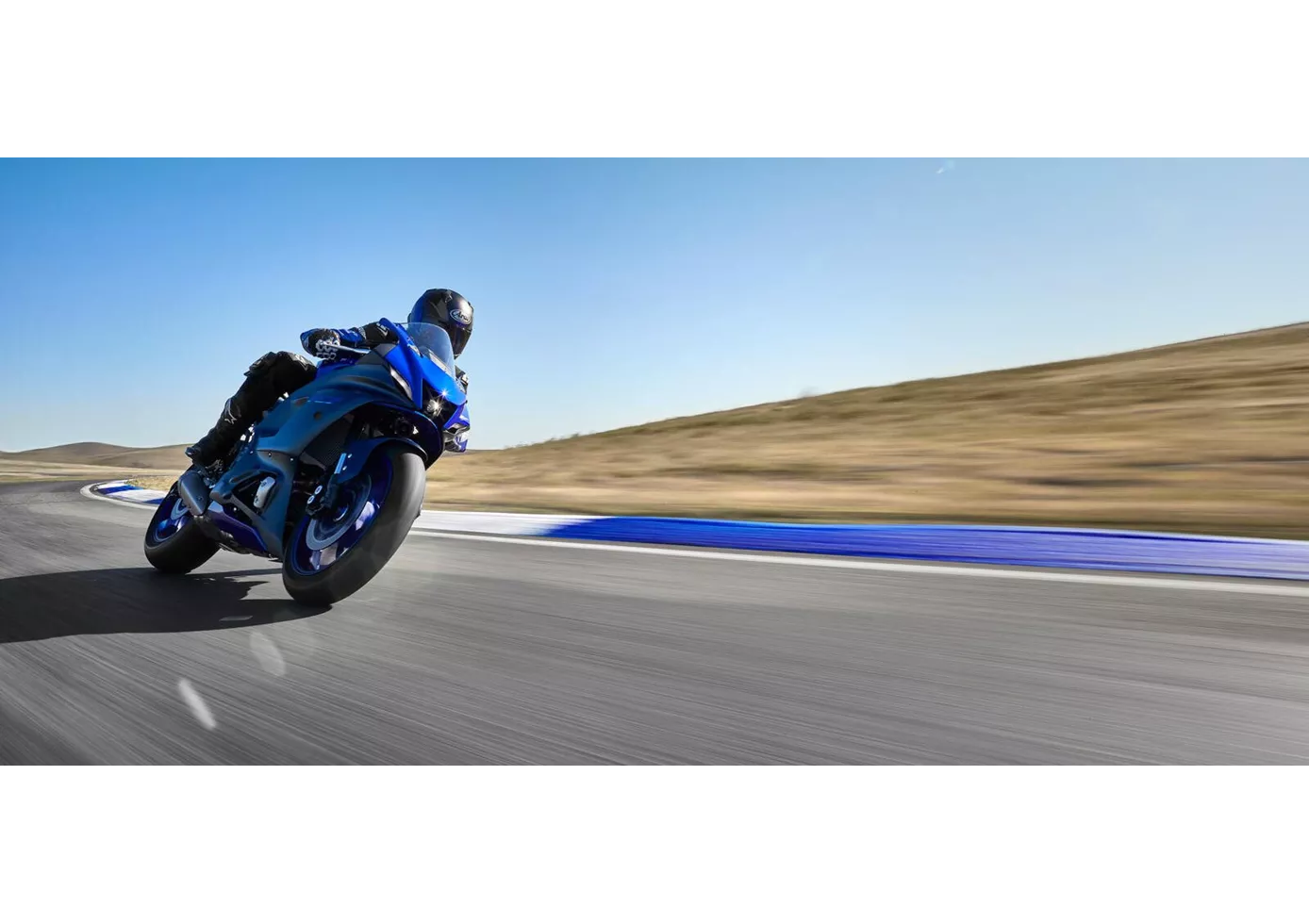
Kljub precej nenavadni kombinaciji razumnega motorja srednjega razpona z močjo 73,4 KM in izjemno agresivnega, športnega videza R7 nikakor ni ovca v volčji preobleki. Zmogljivost, ki je nekje med R3 in R6, se je v praksi izkazala za veliko močnejšo, kot bi kazale čiste vrednosti na papirju, glede geometrije, podvozja, zavor in pnevmatik pa so Yamahini inženirji resnično opravili domačo nalogo. Poleg tega ima Yamaha R7 vse lastnosti, da se lahko na kompaktni dirkalni stezi, kot je na primer Pannoniaring, tudi brez velike naložbe iz škatle zelo dobro zabava. Seveda pa se bolje počuti na podeželski cesti, kamor po našem mnenju v prvi vrsti tudi spada. Glede na celoten paket je nakupna cena več kot poštena - zato ni težava, da quickshifter ni vključen in ga je treba dokupiti kot opcijo.
Primerjava povprečnih tržnih cen Kawasaki Ninja 650 vs Yamaha R7
There are a few key differences between a Kawasaki Ninja 650 2020 and a Yamaha R7 2021. There are the same number of bikes of both models available on the 1000PS.de marketplace, specifically 10. It takes less time to sell a Kawasaki Ninja 650 with 75 days compared to 161 days for a Yamaha R7. Since model year 2017 1000PS.de editors have written 20 reviews for the Kawasaki Ninja 650 and 9 reviews for the Yamaha R7 since model year 2021. The first review for the Kawasaki Ninja 650 was published on 10/4/2016 and now has more than 79,600 views. This compares to more than 92,800 views for the first review on Yamaha R7 published on 5/18/2021.
